When you set off looking for a printer or toner cartridges, whether for home or office printing, the chances are that the information out there is likely to be confusing. The truth is that bulk of the information is released to confuse buyers into picking a specific type of toner cartridges. However, you should get the right information in order to make the correct decision based on your budget, the targeted pint quality, and expected page yield. In this post, we take a closer look at the common myths about toner cartridges.
Contents
- 1. Using Compatible Cartridges Voids a Printer Warranty
- 2. Compatible Toners are Inferior
- 3. OEM Toner Cartridges are the Cheapest in the Market
- 4. All the Toner Cartridges Returned to Original Equipment Manufacturers are Reused
- 5. Remanufactured Toner Cartridges will Damage Your Printer
- 6. Remanufacturers Reuse Toners in their Cartridges
- 7. Remanufacturers Only Change the Toner
- 8. Every Toner Cartridge Should Be Replaced when the “Low Ink Message” Starts Appearing
1. Using Compatible Cartridges Voids a Printer Warranty
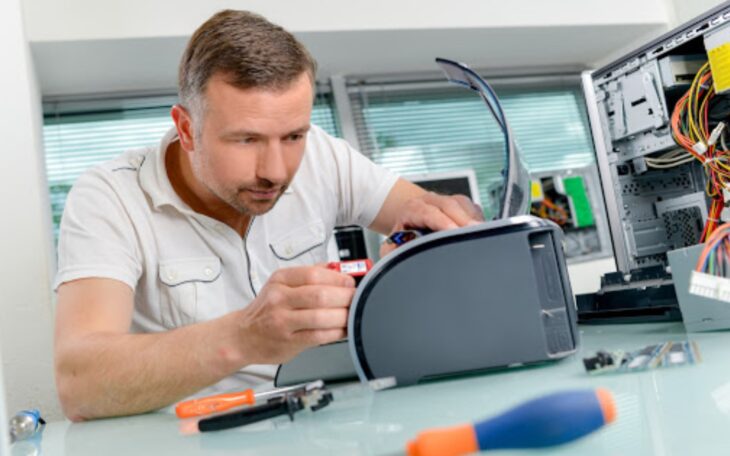
Source: Laser Tek Services
This is a common myth that is meant to scare you from buying and using compatible toner cartridges. The truth is that using compatible, remanufactured, or refilled toner cartridges will not, in any way, void your printer’s warranty.
According to fair trade laws, such as the Sherman Anti-Trust Act in the US, and the Federal Practices Act 1974 in Australia, companies are forbidden from using a specific product as a condition for offering a warranty, unless the product under consideration is provided for free.
Because most toner cartridge designers do not offer them for free, your printer’s warranty will not be affected. So, if you are looking for a way to push down the cost of production, buying remanufactured or compatible toner cartridges are some of the best options.
2. Compatible Toners are Inferior
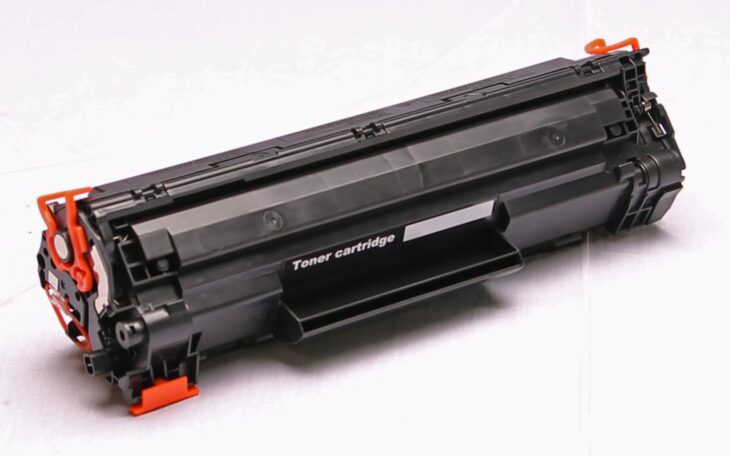
Source: ABCtoner
This is another misinformation designed to make you only stick to one OEM toner cartridges. The truth is that compatible toners provide high-quality prints that are comparable to what you get when using OEM toner cartridges.
The technology used to make compatible toners is the same as that used to make OEM toner cartridges, and people who have used them report high-quality prints. Another good thing about the compatible toner cartridges is that they are sold at a lower price compared to OEM cartridges.
3. OEM Toner Cartridges are the Cheapest in the Market
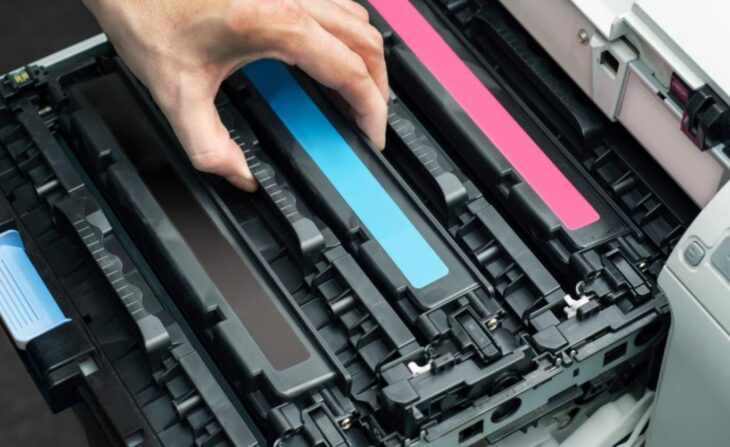
Source: US Business Systems
This is false information because OEM toner cartridges are, indeed, the most expensive in the market. Most original equipment manufacturers sell their printers cheaply and target making profits from selling toner cartridges. This is why most of them are priced expensively to cover the cost of research and development.
If you want to buy inexpensive toner cartridges, the cheapest options are the remanufactured models, followed by compatible toner cartridges, while the OEM cartridges come last. Note that when buying compatible and remanufactured toner cartridges, Mrdepot strongly suggests that you always vet the sellers to ensure you buy only from the best.
4. All the Toner Cartridges Returned to Original Equipment Manufacturers are Reused
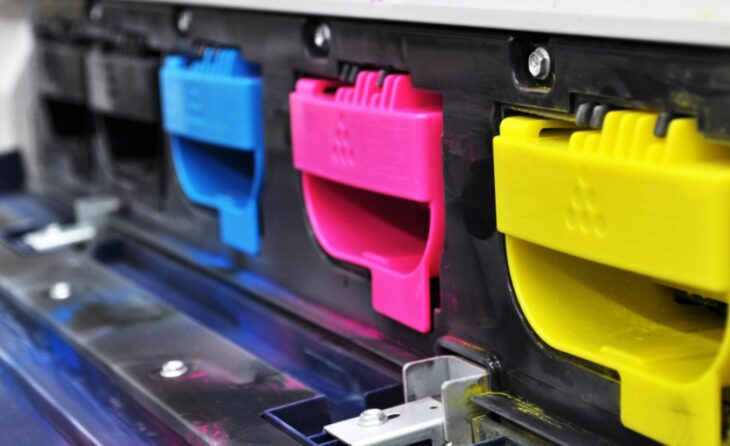
Source: WeaveMyMat- Printers & projectors
When you return empty toner cartridges to manufacturers, such as HP and Canon, only a small number, about 20%, is recovered. These are the toner cartridges that are in the best shape and can work as good as new. The remaining 80% of the returned toner cartridges are ground into a powder and used to make plastic pellets for making other products, such as CD cases.
5. Remanufactured Toner Cartridges will Damage Your Printer
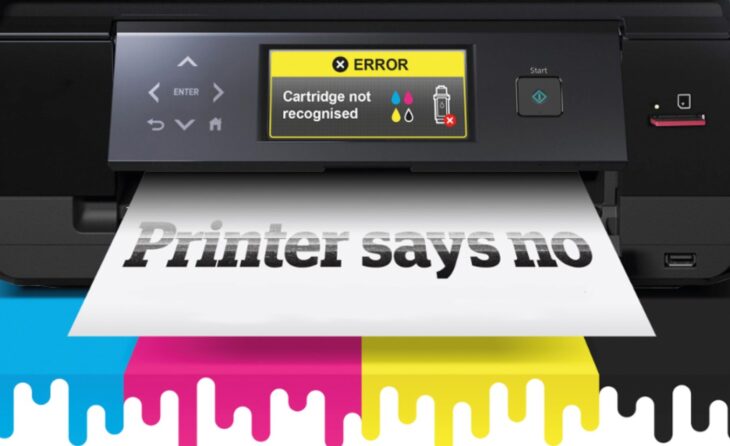
Source: Conversation
When you acquire and use a toner cartridge, it is important to note they are self-contained units and only make limited contacts with the printer. If you acquire a properly remanufactured toner cartridge, they should work effectively, just like OEM toner cartridges. They will neither cause any damage not accelerate wearing of the printer. The only time that a toner cartridge can cause some damage is if it leaks a lot. If you notice the cartridge is faulty, remove it immediately and acquire a good one.
6. Remanufacturers Reuse Toners in their Cartridges
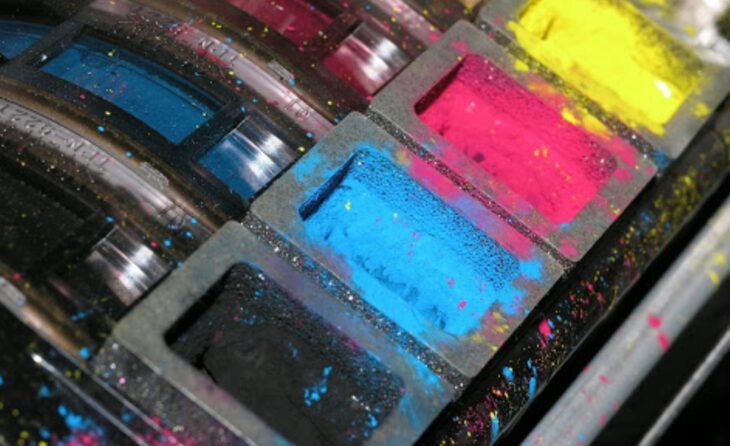
Source: Total Image Shop
This is misinformation. The toner that remains in most used cartridges is contaminated with dust and would only make poor quality prints if used in new cartridges. Because of this, remanufacturers do not recycle the toner, but use new ones to ensure that their clients get high-quality prints.
The main reason why remanufacturers sell their toner cartridges at lower prices is that they do not design them. Instead, they use the old cartridges, which help them to cut the production cost with a huge margin. This is why they are recommended if you want to cut the overall printing costs.
7. Remanufacturers Only Change the Toner
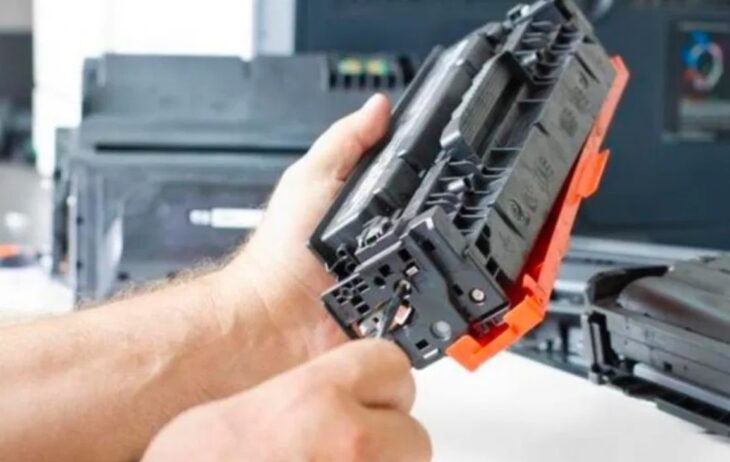
Source: Compatible Toner Cartridges
This is not true. When toner cartridges are picked for remanufacturing, they undergo comprehensive processing before being released for additional printing. Most of the cartridges that are returned for remanufacturing are usually worn out after a long session in the user’s printer.
As a general rule, the toner cartridges are inspected to identify those that can be reused. Those that cannot be reused are disposed of correctly. Those that are picked for reuse are further checked to identify the damaged parts before replacing them.
First, the imaging drums are cleaned and tested to ensure they will perform well in your printer. If damaged, the drums are replaced. The charge rollers of the toner cartridges are also tested and treated. The microchips on the toner cartridges are finally replaced, making it easy for the cartridge to communicate with the printer.
8. Every Toner Cartridge Should Be Replaced when the “Low Ink Message” Starts Appearing
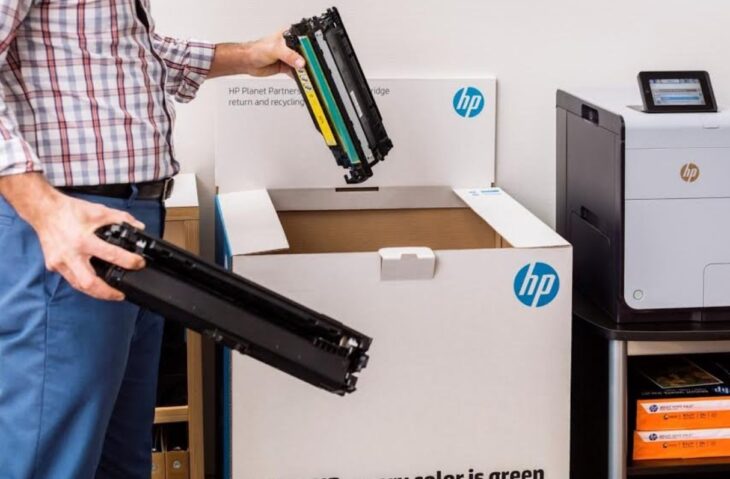
Source: 3BL Media
When you notice the “low ink” or the “no ink” message, it does not mean that the toner cartridge is out of ink. Tests done on most cartridges reveal that most of them have between 8% and 45% toner when the message starts appearing. So, you should not simply rush to buying a new cartridge when the message appears. The best sign that you should rely on to know when the toner is running low is faint paper prints.
Indeed, even when the toner cartridge starts running low, it does not mean that you must acquire a new one. One of the common options, which is more cost-effective, is refilling your toner cartridge. You simply need to order a refill kit and follow the provided instructions.
You should rely only on the right information when buying or dealing with toner cartridges. Most importantly, you should always buy the cartridges from trusted dealers who are committed to quality.
